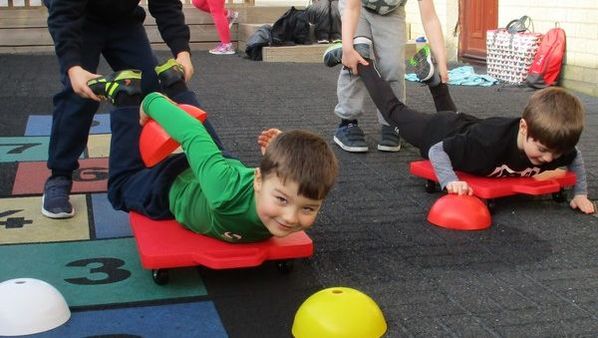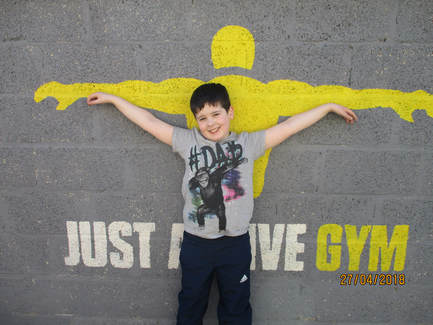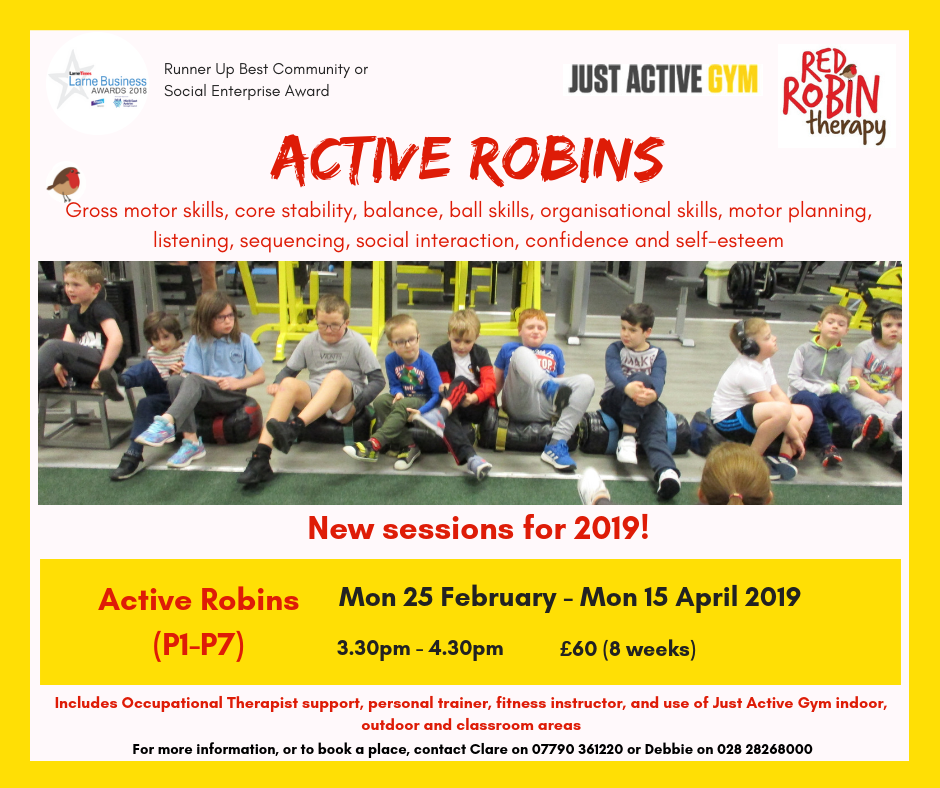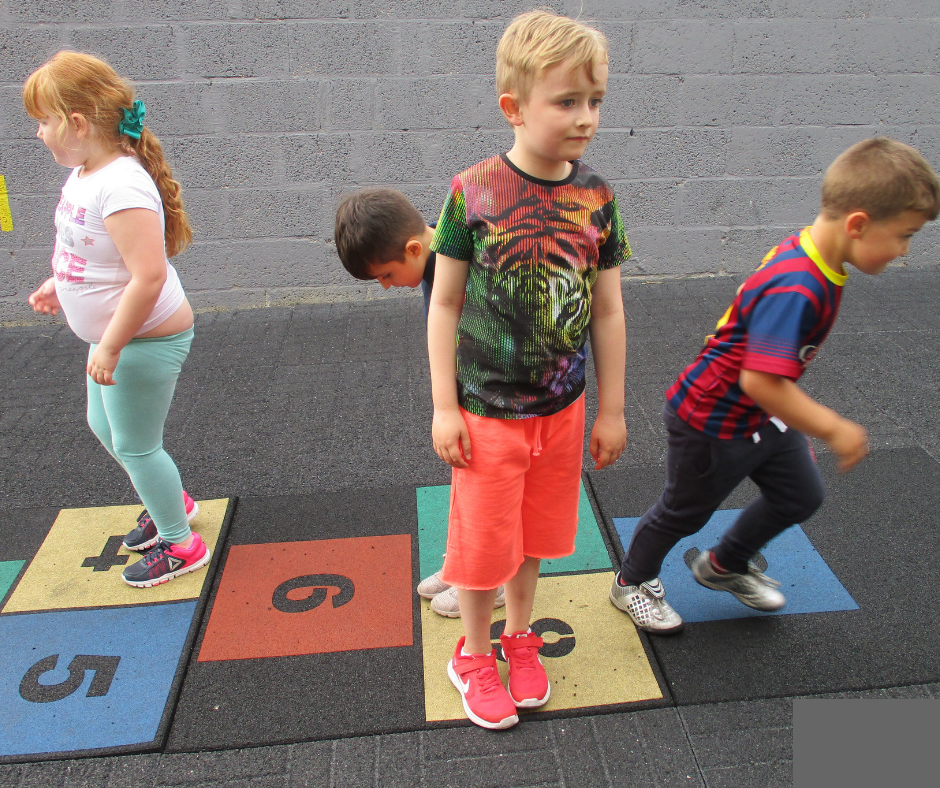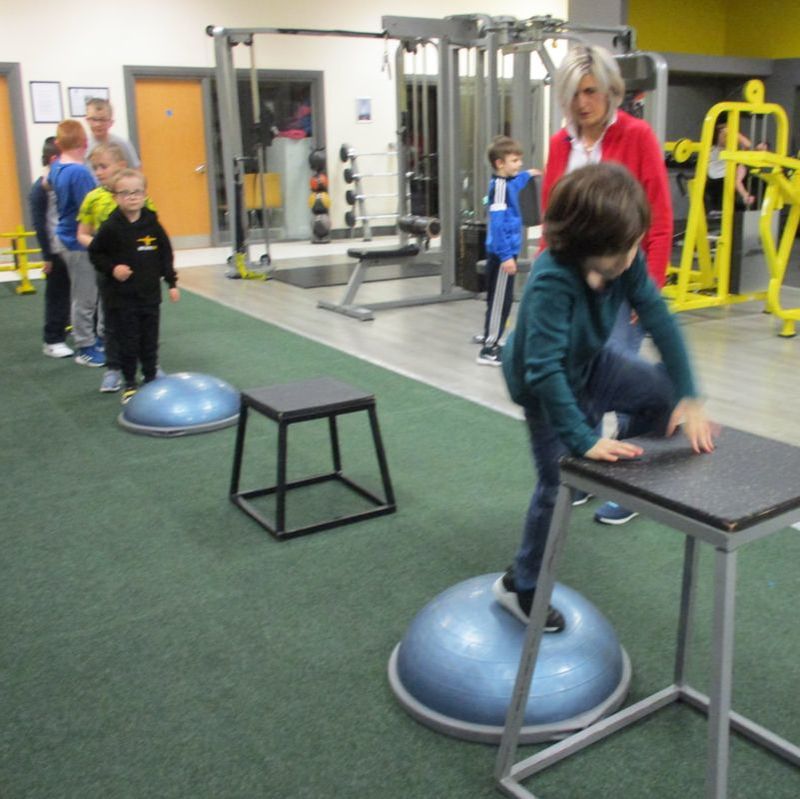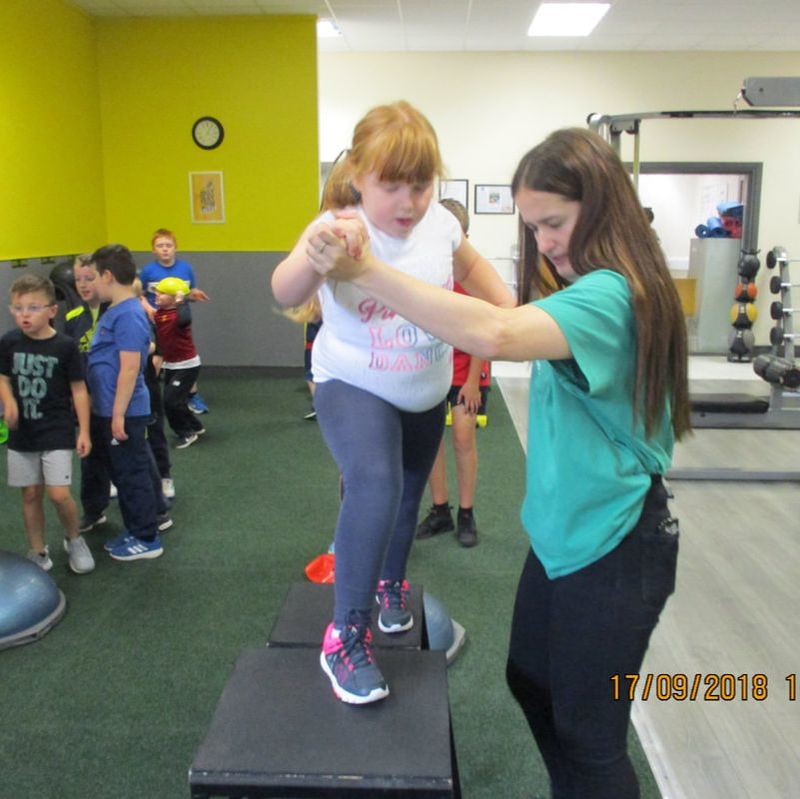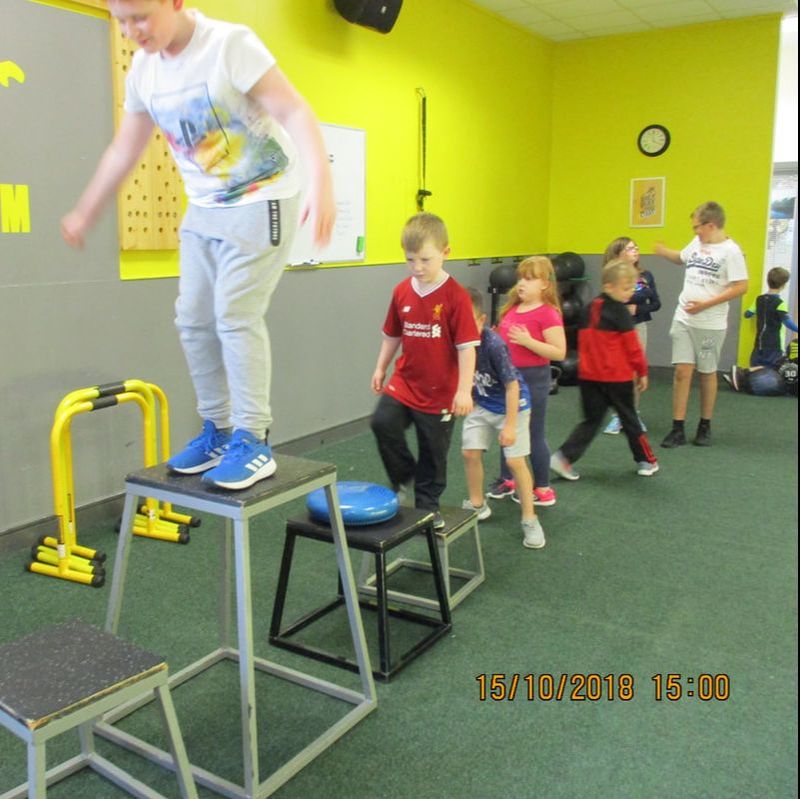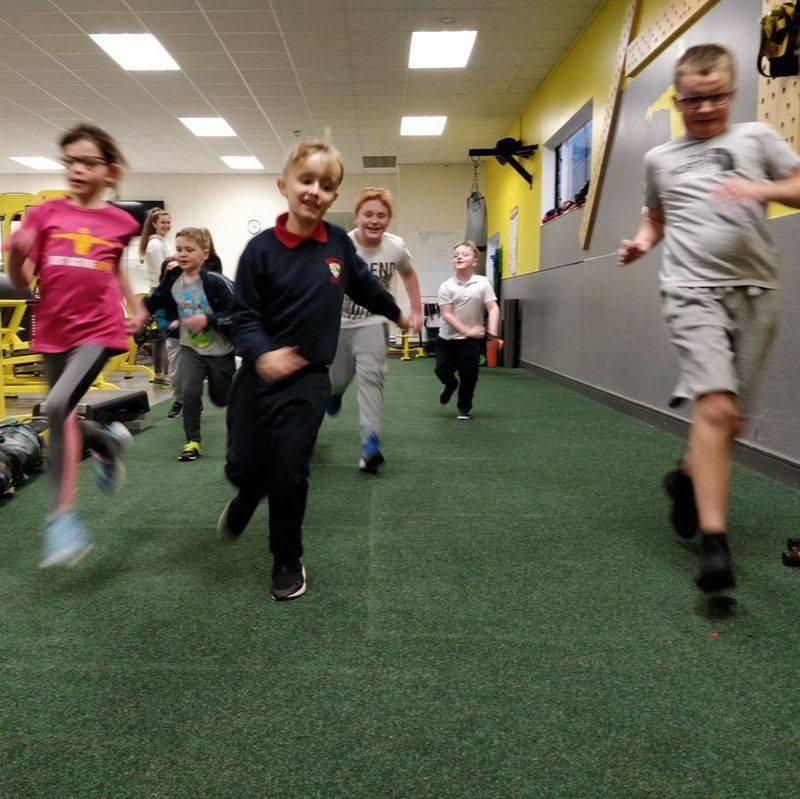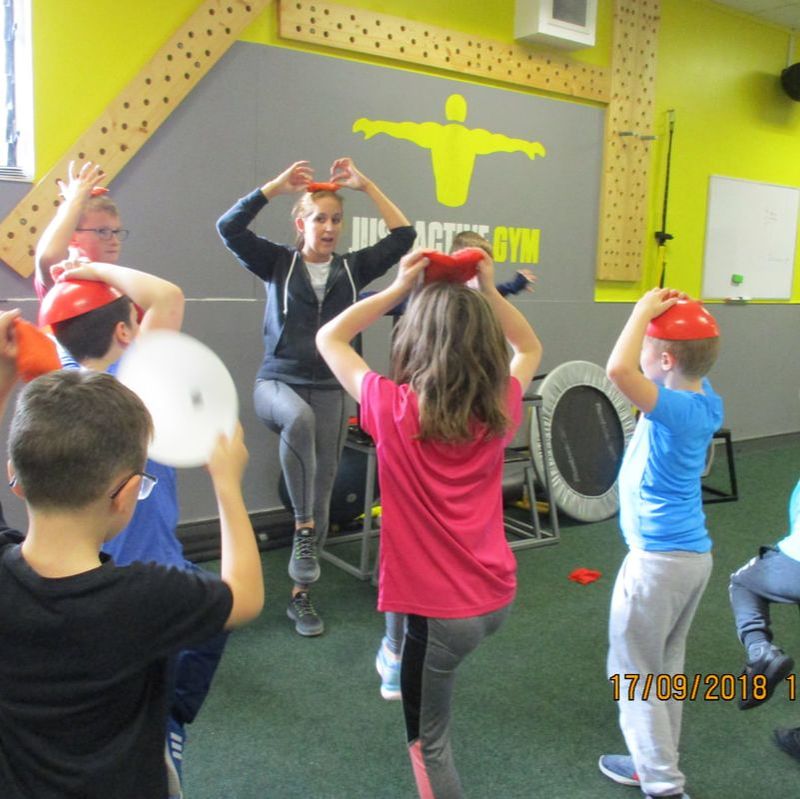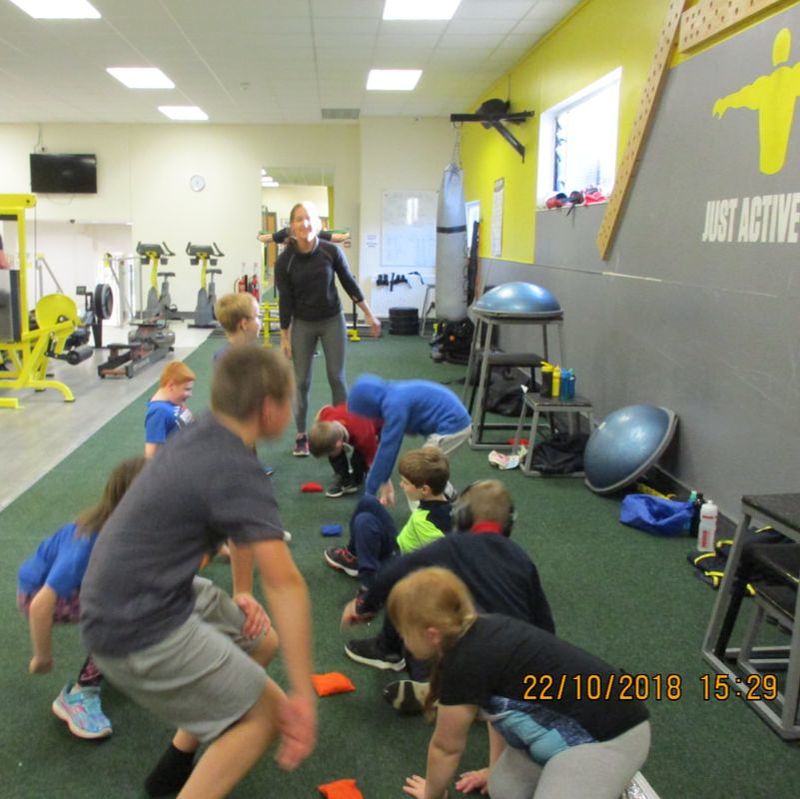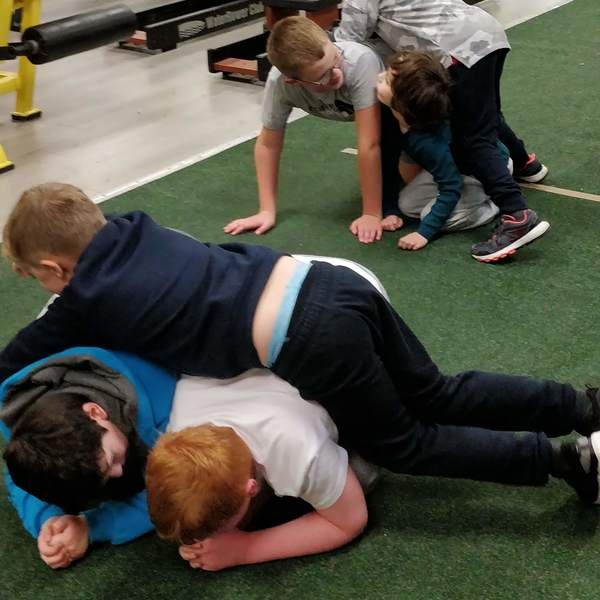COVID-19
Due to the ongoing coronavirus pandemic, Active Robins is currently suspended. This notice will be updated if the situation changes.
What is Active Robins?
|
Active Robins is an exciting partnership between Red Robin Therapy and Just Active Gym. We provide a fun, affordable activity programme in a mainstream environment, designed specifically for children with co-ordination difficulties. It is run by Clare, and Debbie Logan, a qualified fitness instructor, at Just Active Gym.
|
Who can attend?
The classes are designed for P1-P7 primary school-aged children with DCD or co-ordination problems associated with Autism Spectrum Disorder (including Asperger's syndrome) and mild attention deficit disorders. The early school years provide an excellent opportunity to develop basic skills, while the older children work on more advanced skills in keeping with their age and level of development.
What does Active Robins offer?
|
At Active Robins, we offer a fun, non-therapy environment for children to practise a range of fundamental co-ordination skills. Core therapy goals include:
|
|
What will my child be doing?
Six - eight sessions (depending on the time available within school holidays) of activities are packed into the programme which has been designed to meet the therapy goals using a mixture of fun individual and partner games, animal games and gym time using real gym equipment. We aim to increase in difficulty a little each week where possible, so you and your child can see the difference! Your child will have therapy, but most of all, your child will have fun!
Further information
|
For further information about your child's suitability, abilities, or the therapy offered, please use the Contact RRT page to get in touch discuss your child's needs with Clare.
Ten ordinary things... |
If you want more information about the activities used as therapy, or to book a place for your child, please contact clare@redrobintherapy.com or call on 07790 361220.
|
For children with developmental co-ordination disorder, day to day activities can be physically challenging. The basis of addressing co-ordination issues is about getting both sides of the body working effectively together, strengthening the core muscle groups at the pelvis and shoulders, and improving balance and body awareness. There are many ordinary activities you can encourage your child to do on a day-to-day basis which will do just these things. For a FREE guide to the ordinary things which will help your child, visit our Downloads page.
Shoelaces
If your child has difficulty with shoelaces, download our FREE guide here.

